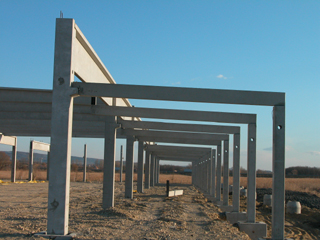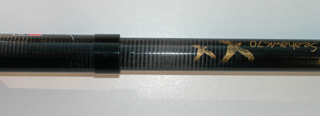|
||||||||
Composites |
||||||||
Composites consist of two main parts:
|
||||||||
Examples of composites include,
Composites are used because they have better physical properties than their constituent parts and they can easily be moulded into complex shapes. Composites can be pre-formed into sheets, tubes, beams, channels etc. or they can be made during the construction of a product. For example, the concrete frame structure opposite was pre-formed in moulds and brought to the building site. The concrete floors of the building will be cast at the building site. The fishing rod opposite is made from a number of carbon fibre reinforced plastic (CFRP) tubes that fit one inside the other. The structure is immensely strong, yet very light. This composite material consists of carbon fibres fixed in a polyester resin matrix. |
 |
|||||||
 |
||||||||
Moulding GRPDuring the moulding of a glass reinforced plastic (GRP), the GRP material is made as the glass fibres are laid into the mould and resin is stippled or sprayed into it. Reinforcing Materials for Plastic Composites
|
||||||||
 |